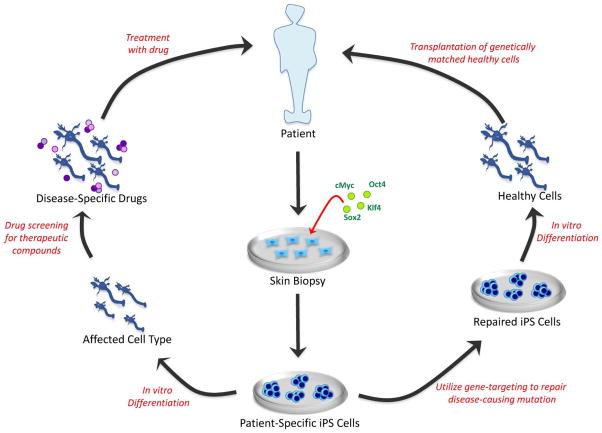Figure 2. Medical applications of iPS cells.
Reprogramming technology and iPS cells have the potential to be used to model and treat human disease. In this example, the patient has a neurodegenerative disorder. Patient-specific iPS cells — in this case derived by ectopic co-expression of transcription factors in cells isolated from a skin biopsy — can be used in one of two pathways. In cases in which the disease-causing mutation is known (for example, familial Parkinson’s disease), gene targeting could be used to repair the DNA sequence (right). The gene-corrected patient-specific iPS cells would then undergo directed differentiation into the affected neuronal subtype (for example, midbrain dopaminergic neurons) and be transplanted into the patient’s brain (to engraft the nigrostriatal axis). Alternatively, directed differentiation of the patient-specific iPS cells into the affected neuronal subtype (left) will allow the patient’s disease to be modelled in vitro, and potential drugs can be screened, aiding in the discovery of novel therapeutic compounds.

